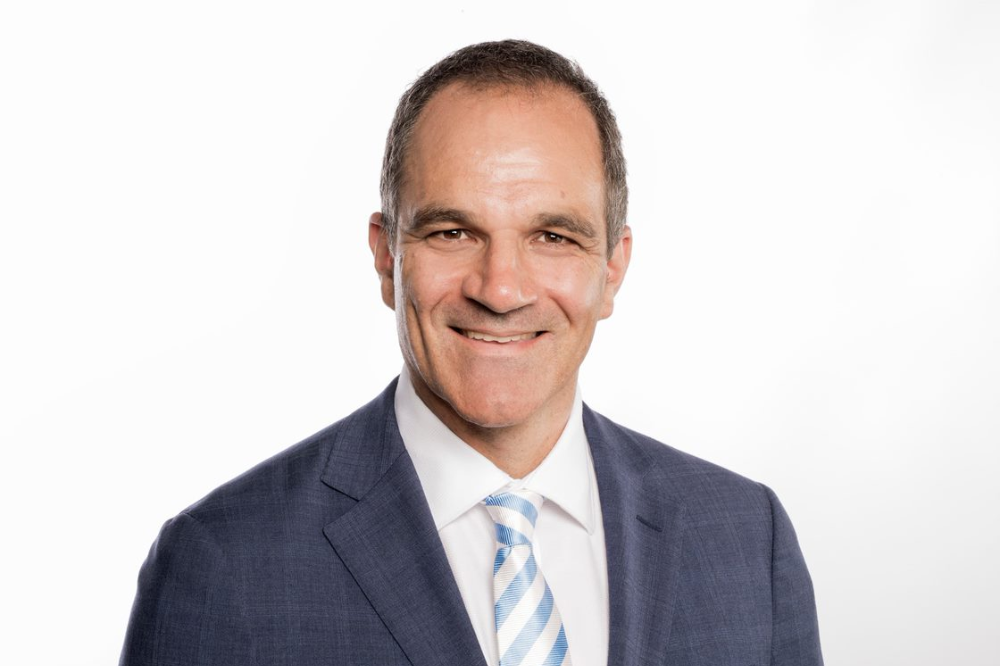An overwhelming majority of NSW businesses are grappling with labour shortages, according to the 2022 Workforce Skills Survey from the state’s peak business organisation, Business NSW.
Of the 600 businesses surveyed, more than 90% of reported having unfilled vacancies – a record not seen in the state for the past 50 years. The survey was conducted from the last week of May to the first week of June.
“The survey results clearly indicate it is a whole of workforce issue – with almost half of businesses reporting that it is as equally difficult to fill entry-level positions as experienced roles,” said Business NSW CEO Daniel Hunter (pictured).
Read next: High employment eases cost-of-living pressures – NAB
Hunter said the NSW government was “very aware of these challenges,” – it recently opened up 70,000 free TAFE training spots and 100,000 free apprenticeships to lure in potential workers from the early childhood and aged care sectors.
“The NSW government is investing heavily in our homegrown skills pipeline and accelerating fee-free training to help more people get the skills they need for the jobs we need to fill,” Hunter said. “But training takes time and action is needed now to support businesses who are crying out for staff.”
Business NSW urged the federal government to do more, including in its report other courses of action to combat the workforce shortage, namely:
- Increasing Vocational Education and Training (VET) funding in the new National Agreement for Skills to bring down the costs of training
- Extending the hugely successful Boosting Apprentice Commencements (BAC) initiative indefinitely
- Introducing or extending initiatives to support people into work, and;
- Simplifying the migration system, increasing skilled migrant numbers, reducing employer fees and cutting visa processing times
Read more: Inflation, low unemployment drive change
According to the Australian Bureau of Statistics (ABS), the unemployment rate fell to 3.9% in March. More than two out of three Australians aged 15 and over participated in the labour force for the first time ever, with the youth participation rate increasing 1% to 71.9%.
“There’s no doubt we need the new Albanese federal government to not only increase the number of skilled migrants, but also cut the complexity, time and cost for businesses to bring people to NSW and encourage the return of more working holiday makers and international students to make a contribution,” Hunter said.
“We simply do not have the workers to meet the needs of our businesses and co-ordinated action is needed now to fill those gaps.”


